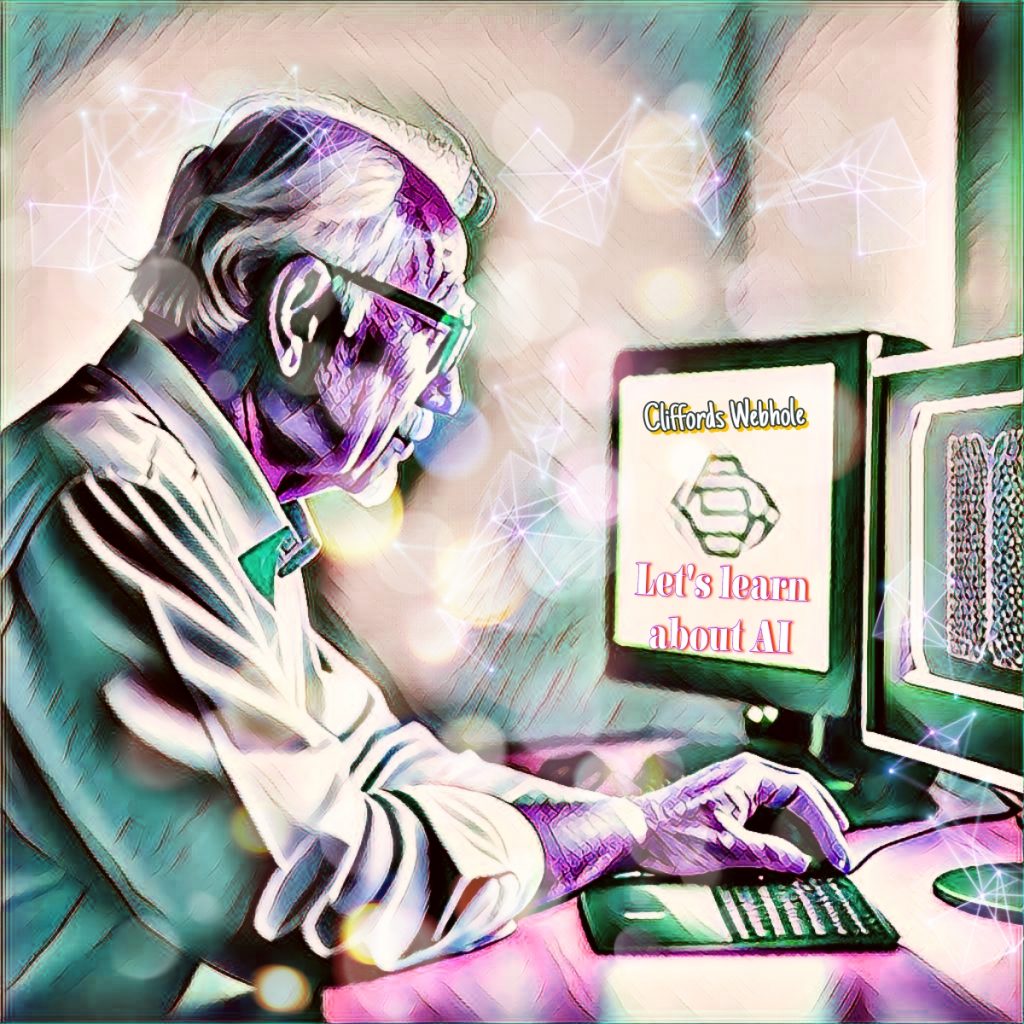Introduction of Artificial Intelligence:

Artificial Intelligence (AI) has emerged as a transformative technology that holds immense potential to shape the future. In this article, we will look into the history of Artificial Intelligence, its first usage, notable inventors, popular applications, the risks associated with Artificial Intelligence, and its promising future.
History and First Usage:
The roots of Artificial Intelligence trace back to 1956 when the term “Artificial Intelligence” was coined during the Dartmouth Conference by John McCarthy and his colleagues. This marked the formal birth of Artificial Intelligence as a scientific field. Early Artificial Intelligence research focused on symbolic reasoning and rule-based systems. In subsequent decades, advancements in computing power and the advent of machine learning algorithms revolutionized Artificial Intelligence.
Notable Inventors of AI:
While Artificial Intelligence is the result of collective efforts, certain pioneers have played crucial roles in shaping the field. Notable inventors include John McCarthy, Marvin Minsky, Allen Newell, and Herbert Simon. These visionaries laid the foundation for various Artificial Intelligence techniques and concepts that are still relevant today.
Popular Uses for AI:
Artificial Intelligence has permeated numerous domains, revolutionizing industries and enhancing our daily lives. Some popular applications of Artificial Intelligence include:
- Natural Language Processing: AI powers virtual assistants like Siri and Alexa, enabling voice interactions and language understanding.
- Computer Vision: AI enables image recognition, object detection, and autonomous driving, revolutionizing industries such as healthcare, transportation, and security.
- Recommendation Systems: AI algorithms personalize user experiences, offering tailored suggestions on platforms like Netflix and Spotify.
- Healthcare: AI aids in diagnosing diseases, analyzing medical images, and improving patient outcomes through personalized treatment plans.
- Finance: AI facilitates fraud detection, risk assessment, algorithmic trading, and customer service in the banking and financial sectors.
Dangers of Artificial Intelligence
While Artificial Intelligence brings immense possibilities, it also raises concerns. Here are a few potential risks associated with Artificial Intelligence:
- Job Displacement: As Artificial Intelligence automates certain tasks, it may disrupt the job market, necessitating re-skilling and job transitions for individuals.
- Ethical Considerations: The ethical use of AI is critical to ensure fairness, transparency, and privacy. Biased algorithms and misuse of data are challenges that need to be addressed.
- Security Threats: Malicious actors could exploit AI systems to launch attacks or create sophisticated deepfakes that pose risks to individuals and organizations.
- Human-AI Interaction: Striking the right balance between human control and AI autonomy is crucial to prevent undue dependence or the loss of human decision-making power.
The Future of Artificial Intelligence:
The future of Artificial Intelligence is brimming with possibilities. Here are some key areas to watch:
- Advancements in Deep Learning: Deep neural networks continue to evolve, enabling breakthroughs in areas like natural language understanding, image generation, and reinforcement learning.
- AI in Healthcare: AI will play a vital role in accelerating medical research, personalized treatments, and healthcare delivery, improving patient outcomes.
- Autonomous Systems: AI-powered autonomous vehicles, drones, and robotics will transform transportation, logistics, and manufacturing industries.
- AI Ethics and Governance: Addressing ethical concerns, developing regulations, and ensuring responsible Artificial Intelligence deployment will be paramount.
Conclusion:
Artificial Intelligence has come a long way since its inception, revolutionizing industries and transforming society. By understanding its rich history, appreciating its current applications, and being mindful of the associated risks, we can shape the future of Artificial Intelligence in a manner that maximizes its benefits while mitigating potential drawbacks. With careful stewardship, Artificial Intelligence has the potential to redefine how we live, work, and interact with technology in the years to come.